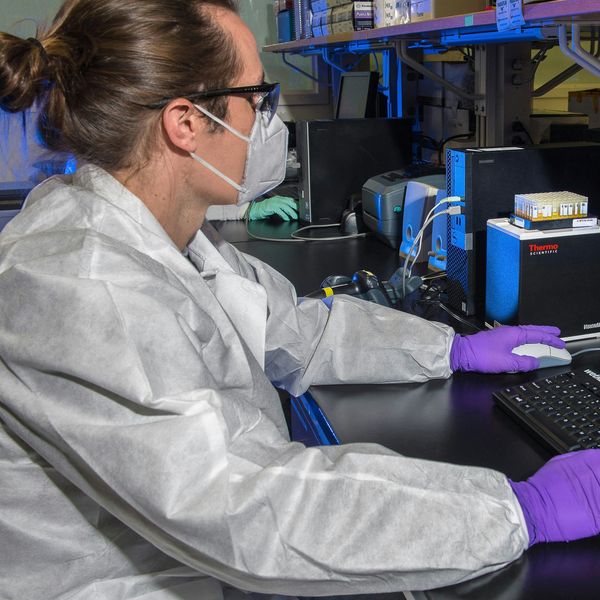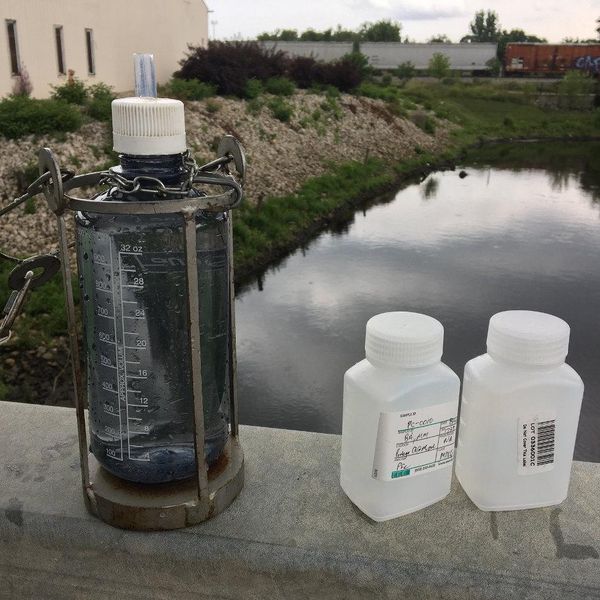CoverGirl Cosmetics faces a lawsuit after Toxin Free USA found evidence of PFAS "Forever Chemicals" in CoverGirl makeup products sold to the public as “sustainable.”
PFAS – perfluoroalkyl and polyfluoroalkyl substances – are a class of more than 8,000 chemicals known as “forever chemicals” because they don’t break down in the environment. First developed in the 1940s, PFAS are traditionally found in food packaging, nonstick pans, clothing, furniture, and firefighting foam.
The chemicals can bioaccumulate in bodies over time and have been linked to cancer, autoimmune disease, thyroid disease, liver damage, decreased fertility, birth defects, hormone disruption, obesity and decreased immunity. First developed in the 1940s, PFAS are traditionally found in food packaging, nonstick pans, clothing, furniture, and firefighting foam.
A recent peer-reviewed study, published in Environmental Science & Technology, detected what the study’s authors characterized as “high” levels of organic fluorine, an indicator of PFAS, in over half of 231 makeup and personal care samples, including lipstick, eyeliner, mascara, foundation, concealer, lip balm, blush, and nail polish.
“This is a product that people are spreading on their skin day after day, so there’s really a potential for significant exposure,” said Tom Bruton, one of the study’s authors.
Read the full story on EHN.org partner site Mamavation.com
- PFAS chemicals—the other immune system threat - EHN ›
- Investigation finds evidence of PFAS in workout and yoga pants - EHN ›
- Evidence of PFAS chemicals in sports bras - EHN ›
- States will weigh more than 210 bills on toxic “forever chemicals” in 2022 - EHN ›
- States will weigh more than 210 bills on toxic “forever chemicals” in 2022 - EHN ›
- Investigation: PFAS on our shelves and in our bodies - EHN ›
- What are PFAS? - EHN ›
- Unintentional PFAS in products: A “jungle” of contamination - EHN ›
- PFAS are leaving a chemical fingerprint in pine needles - EHN ›
- PFAS cosmetics studies are “springboard” for litigation - EHN ›
- IN-DEPTH: For clean beauty brands, getting PFAS out of makeup might be easier said than done - EHN ›


























